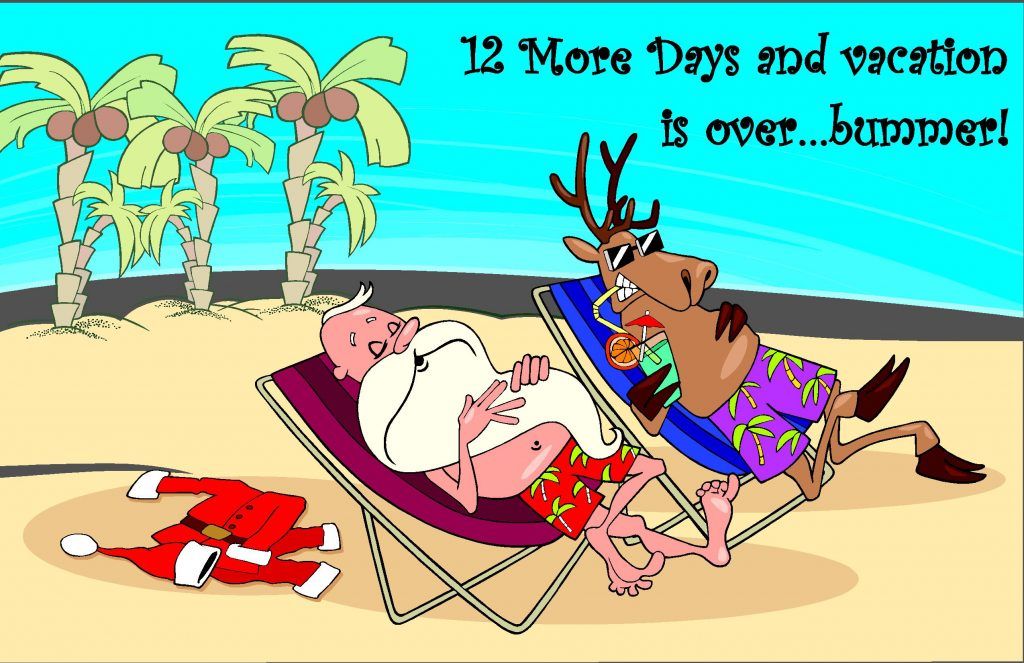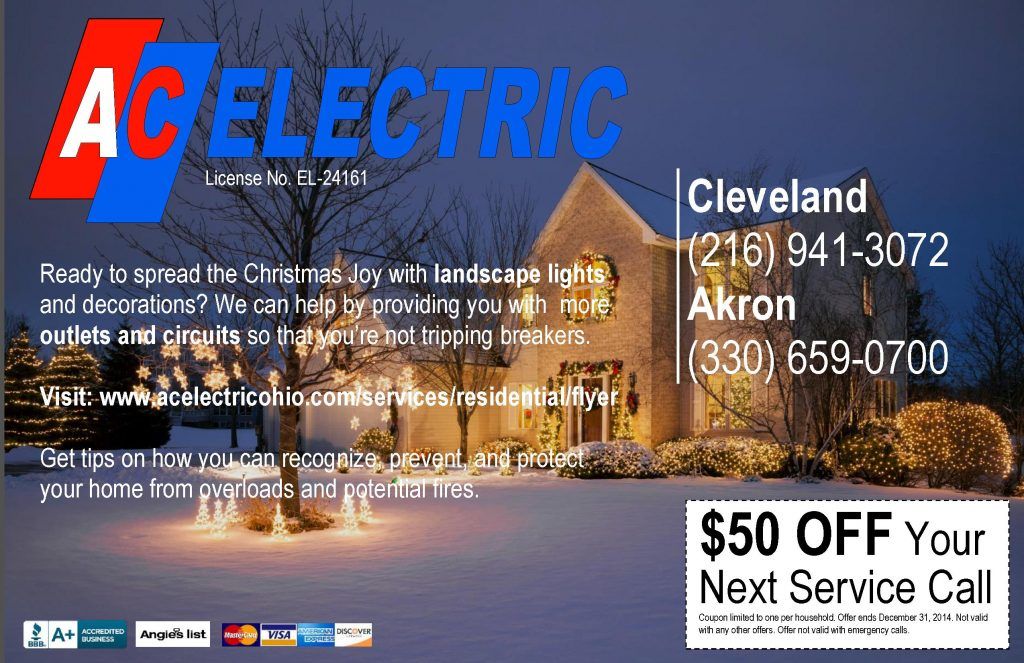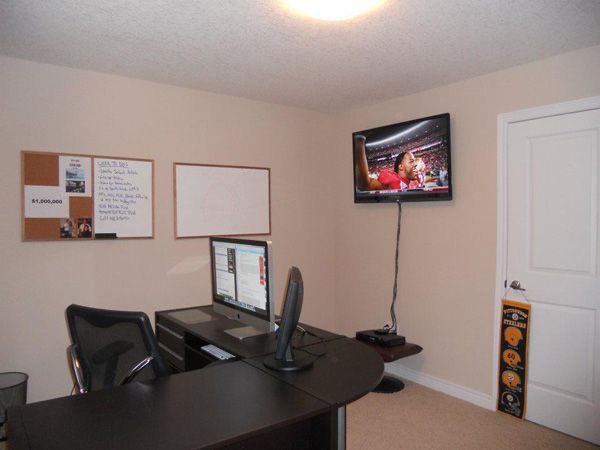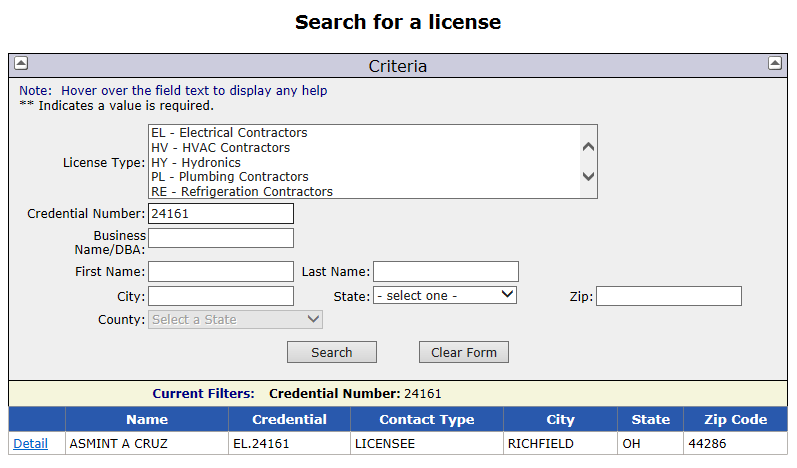

Christmas is never Christmas without lighting the tree and your home. Do you have sufficient power to supply your 100 feet of rope lighting and not generate a lighting overload? Do you know how to calculate when a breaker will trip or a fuse will blow? Here is a simple formula that will help you with many problems experienced mainly in the winter, but is used throughout the rest of the year:
Watts ÷ Voltage = Amps
Let’s say you have a breaker that is labeled 20 Amps. If your appliances exceed that amount, then the breaker will trip. The National Electrical Code only allows the circuit to be used at 80% of the rating; which means a 20 Amp breaker can only use 16 Amps; and, for a 15 Amp breaker—12 Amps.
So let’s try this out on an appliance that in our opinion is the biggest problem out there—space heaters! A plug-in space heater will usually be labeled as being 1500W, and operates off of a regular 120V receptacle. To the consumer, this is “GREAT!” since it will warm up your cold living room. Let’s see how great it is once we apply it to your home’s electrical.
We will use a 15 Amp circuit breaker since most older homes and “low-bid” new homes use 14 gauge wire (14 gauge wire is rated for 15-amps).
Watts ÷ Voltage = Amps
1500W ÷ 120V = 12.5 Amps
Since you did not exceed the 15-amps you feel your ok, right? You would be wrong on two cases if that was your thought. First and foremost, per the NEC, you can only use 12-amps on a 15-amp circuit; therefore, you just exceeded that. Secondly, if you choose to max out your 15-amp breaker:
15 – 12.5 = 2.5 Amps left over
Since you now understand the basics, let’s see if you can walk around your house and see how you can come up with 2.5-amps to tip the scale; here are some hints:
Incandescent Bulb (60W) .5 Amps
32” LCD/Plasma/LCD w/LED (125W) 1 Amp
Desktop Computer w/Screen (300W) 2.5 Amps
So let me paint you a common picture
In this picture we have a desktop computer, a flat screen TV and a light fixture above that’s on. All of a sudden, your feet get cold and you turn on your 1500W space heater…and now you are at 16.5 Amps—exceeded the 15 Amp breaker’s rating and the NEC’s recommended rating for a 20 Amp breaker! This situation is far too common. Worst of all, you call the handyman on Craigslist who changes your fuse from a 15 Amp to a 20 Amp, and now you have a fire hazard!
There is more than this simple formula that goes into installing electrical equipment and you should seek professional advice before attempting to go at it alone. AC Electric holds no responsibility for anyone attempting to install, configure, or calculate electrical equipment without first consulting a licensed professional. We are always a phone call away whether it’s for an estimate, service or even advice.
Additionally, there is no reason for not hiring a properly licensed professional. Ask your electrical installer or estimator for their license number. By law, it should be clearly displayed on any advertising (business cards, newspaper ads, websites, etc). If need be, go into Ohio’s website for licensing information by clicking here. Simply punch in the numbers and the company and/or license holder’s name will come up:
If you use unlicensed individuals to work on your electrical equipment, and your home experiences an electrical fire due to their faulty work—your home insurance won’t cover the damages! Furthermore, if the individual is unlicensed, he or she cannot get insurance for themselves which includes electrical repair since you need to be licensed to hold this type of insurance.
AC Electric has been around for over 15 years and we have over 600 residential customers alone (not including commercial). Call us today so you can be one of our satisfied customers. We want to be your electrical maintenance and solutions specialist!







